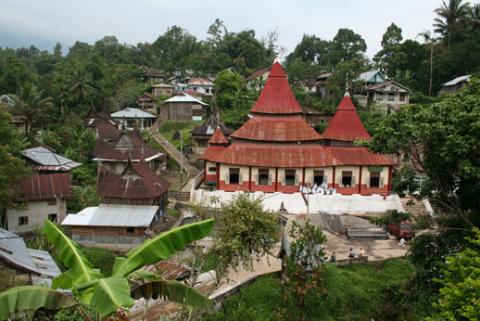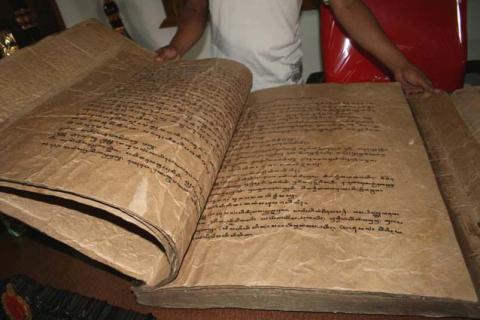
Aims and objectives
This project will preserve and make accessible to researchers a rare and vulnerable body of materials related to the history of East Timor (Timor Leste). These materials comprise the complete records of eight public hearings, each on a different theme, conducted by East Timor’s Commission on Return, Truth and Reconciliation (CAVR) in 2002-2004, and currently held by the successor to CAVR, known as the Post-CAVR Technical Secretariat (STP-CAVR). The material includes written and oral testimonies by the victims and witnesses of crimes against humanity committed during the Indonesian occupation of East Timor (1975-1999); official statements by the perpetrators of some of those crimes; research interviews and consultations conducted prior to the public hearings and multi-media coverage of the hearings themselves.
There can be no doubt about the significance of these materials for research. They represent the most complete available collection of documents about a vital period of East Timor’s history. They also form an invaluable body of knowledge for the study, and the legal prosecution, of crimes against humanity, including genocide. There is likewise no doubt about the urgent need for their preservation. Some of the materials are in immediate danger of physical destruction because of the conditions in which they are currently stored, while others are in danger of being lost or concealed as a result of political indifference or interference. The current political turmoil in East Timor serves as an important reminder of the continued vulnerability of these materials.
The project seeks to preserve these endangered archives by digitally copying and, where feasible, relocating the materials in question to a suitable local archive. It needs to be stressed, however, that there is currently no facility in East Timor ideally suited for housing the rescued materials. In all likelihood, therefore, the project will focus on the identification and copying of materials, and not on their relocation.
Article from UCLA's International Institute
Outcomes
The STP-CAVR archives team has copied and preserved a substantial body of valuable materials related to the recent history of East Timor, amounting to 3,335 documents and 228 audio files.
The documents copied included:
- Complete records of eight public hearings, each on a different theme, conducted by the CAVR between 2002 and 2004. These records include testimonies ofvictims and witnesses of crimes against humanity; statements by perpetrators; research interviews and consultations conducted prior to the hearings; multimedia coverage of the hearings themselves.
- Records of the Community Reconciliation Process held in communities throughout Timor, to provide justice for the victims of less serious crimes, while also establishing a basis for the reintegration of perpetrators of such crimes into their communities.
- Documents related to the unique Community Profiles research undertaken by the CAVR throughout East Timor, which recorded and analysed the shared histories of events from 1975-1999, as well as human rights violations committed within those commuities.
- Audio copies and transcriptions of the CAVR Radio Programme “Dalan ba Dame”(Road to Peace).
- Strategic management documents of the CAVR.
- Relevant press coverage of CAVR activities.
- Public Exhibitions mounted by the CAVR.
- Documents pertaining to the rehabilitation of the Comarca building in which the CAVR materials are housed.
The project also provided training in archival preservation,maintenance and organisation to staff at the STP-CAVR, created a database ofthe materials copied and helped to improve the physical conditions in which theoriginal materials are held.
The archive is currently housed in a single large room at the Documentation Centre of the STP-CAVR, located in the former Comarca Prisonin Dili. The room has been equipped with air-conditioining and is regularlycleaned and inspected for rodents, insects, mould and other contaminants. Inthe future the CAVR collection will become part of a planned Human RightsCentre, where the archive will be made available for public research.




